Microsoft says workers should believe the hype with AI tools: Researchers found Copilot users saved three hours per week sifting through emails, gained more focus time, and completed collaborative tasks 20% faster
Using AI tools paid dividends for some workers, but alternative research shows it could create problems for others down the line


Generative AI tools are delivering marked benefits for users, according to research from Microsoft, with employees reporting significant productivity gains.
In a paper published this month, the tech giant said the technology is rapidly changing work patterns as adoption rates continue to rise.
The study saw 6,000 knowledge workers at more than 50 companies given access to the firm’s flagship Copilot tool during a six month experiment.
Researchers noted that the study was conducted “during the early rollout” of the AI assistant, which was integrated into Microsoft applications such as Word, Outlook, and Teams.
Notable productivity gains were observed across a range of activities, the study claimed. Workers saved nearly three hours per week sifting through and responding to email correspondence, for example, representing a 25% workload reduction.
During the early phases, the use of Copilot to support activities in Outlook was among the most popular use-cases, researchers said. Workers typically spent over 11 hours per week reading and responding to correspondence, meaning the time savings were significant in the context of broader productivity gains.
“During this early adoption phase, the most prominent impact of Copilot on worker behavior was changes in how workers managed their email. In the pre-period, the average worker in our sample spent over 11 hours per week reading and responding to emails, more than a quarter of a typical work week,” the paper reads.
Get the ITPro daily newsletter
Sign up today and you will receive a free copy of our Future Focus 2025 report - the leading guidance on AI, cybersecurity and other IT challenges as per 700+ senior executives
Elsewhere, the use of Copilot by participants enabled them to increase their ‘focus time’ on a weekly basis. The reduction of time spent on various activities and tasks meant they gained two additional hours of uninterrupted focus time, the paper noted.
Similarly, researchers found the tool allowed users to complete documents around 20% faster in some instances - again helping to unlock additional time savings across a working week.
All told, the productivity boosts delivered by AI tools are having a significant impact on employee workflows, researchers found, with agility and self-sufficiency in particular highlighted as key advantages.
“We find clear evidence that workers who use Copilot are beginning to change their work patterns in meaningful ways,” researchers said.
“During this early adoption phase, we see larger changes in behavior that workers can adjust independently and less movement in behaviors that require coordination with colleagues.”
Developers have promised big gains with AI tools
Productivity gains and time savings have been a key appeal highlighted by AI assistant developers such as Microsoft over the last two and a half years.
Proponents of the technology have repeatedly claimed that AI tools can help workers spend time on more ‘meaningful tasks’, often without fully explaining what that entails for the average worker.
Research published this year also suggested that the adoption of AI tools has, in some instances, increased workloads for users, with many now having to take on additional tasks.
Analysis from Wrike found workloads grew by nearly one-third between 2023 and 2024, raising questions over whether the technology is having the desired effect.
The Microsoft paper, however, noted that workers have not “shifted the nature of the work or taken on new responsibilities” in the wake of being equipped with Copilot.
“We find few substantive differences in these patterns among workers with more close co-workers who also have access to Copilot or within firms with higher adoption rates, suggesting that larger shifts in responsibilities require time and broad institutional efforts, not just local team coordination.”
Overreliance on AI tools might still harm workers
Despite notable benefits highlighted by Microsoft, the paper comes in the wake of similar research from the firm suggesting the frequent use of AI tools could have a negative impact on worker competence.
In a survey of 319 knowledge workers conducted by Microsoft and Carnegie Mellon University, researchers raised serious concerns over the impact of generative AI on users’ long-term cognitive abilities.
Researchers highlighted a “deterioration of cognitive faculties that ought to be preserved”, for example, adding that critical thinking skills had deteriorated among frequent users.
Users typically double check the quality of their work in any given task, the study found. However, the more confidence a worker had in a generative AI tool, the less likely they were to use their own critical thinking skills to engage with their work.
The result of this could have serious implications for users across a range of professions, with some trusting AI tools to produce flawless work that results in mistakes slipping through the net.
"Surprisingly, while AI can improve efficiency, it may also reduce critical engagement, particularly in routine or lower-stakes tasks in which users simply rely on AI, raising concerns about long-term reliance and diminished independent problem-solving," researchers said.
MORE FROM ITPRO

Ross Kelly is ITPro's News & Analysis Editor, responsible for leading the brand's news output and in-depth reporting on the latest stories from across the business technology landscape. Ross was previously a Staff Writer, during which time he developed a keen interest in cyber security, business leadership, and emerging technologies.
He graduated from Edinburgh Napier University in 2016 with a BA (Hons) in Journalism, and joined ITPro in 2022 after four years working in technology conference research.
For news pitches, you can contact Ross at ross.kelly@futurenet.com, or on Twitter and LinkedIn.
-
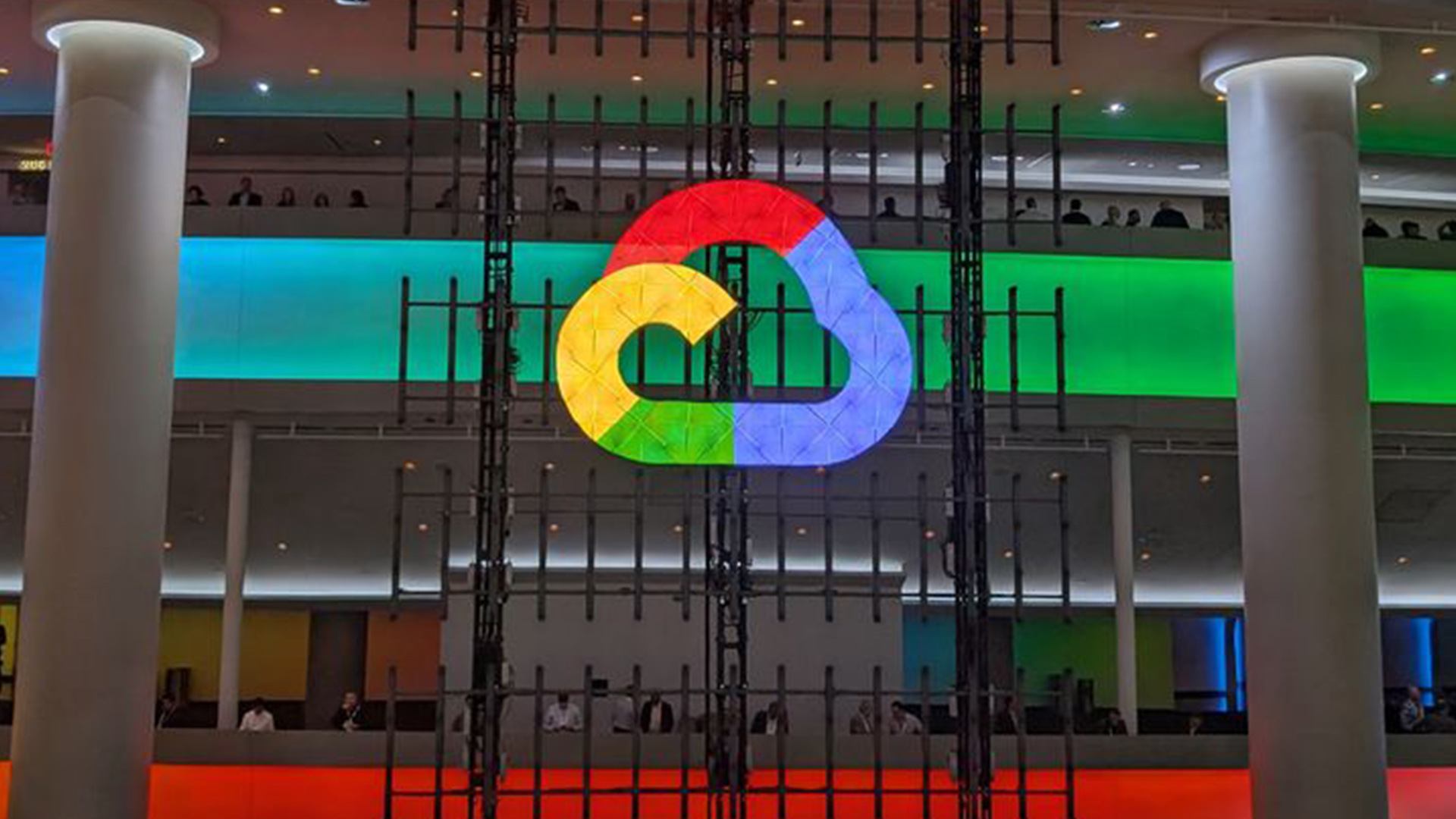 Why Google Cloud is betting big on TPUs
Why Google Cloud is betting big on TPUsNews As AI inference skyrockets, Google Cloud wants customers to choose it as the go-to partner to meet demand
By Rory Bathgate
-
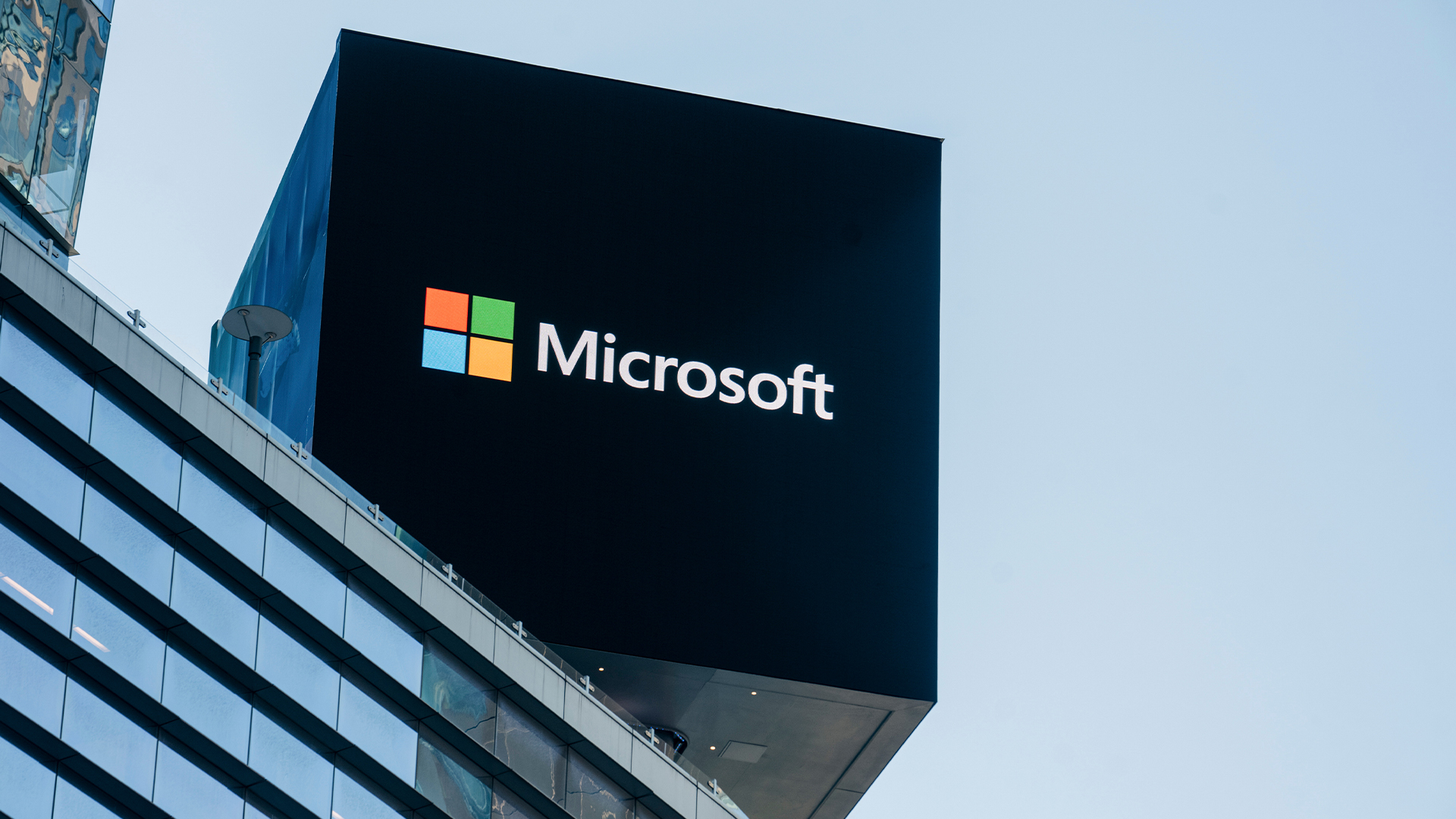 Microsoft just hit a major milestone in its ‘zero waste’ strategy
Microsoft just hit a major milestone in its ‘zero waste’ strategyNews Microsoft says it's outstripping its zero waste targets, recording a 90.9% reuse and recycling rate for servers and components in 2024.
By Emma Woollacott
-
 AI-first partnerships: Unlocking scalable growth for business
AI-first partnerships: Unlocking scalable growth for businessChannel partners play a vital role in facilitating AI adoption, but there's more to offering support than simple integration
By Neil Sawyer
-
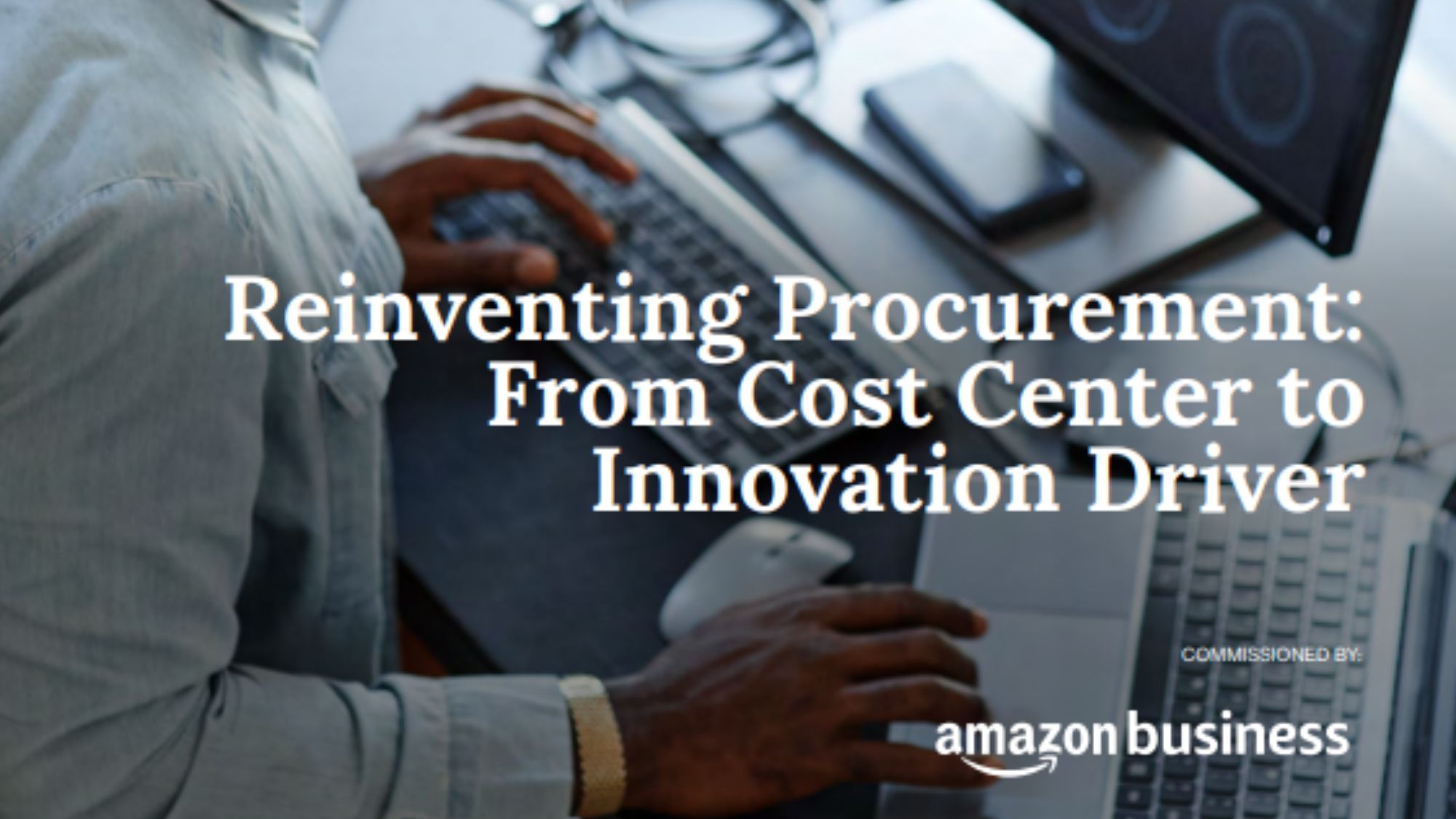 Reinventing Procurement: From Cost Center to Innovation Driver
Reinventing Procurement: From Cost Center to Innovation Driverwhitepaper
By ITPro
-
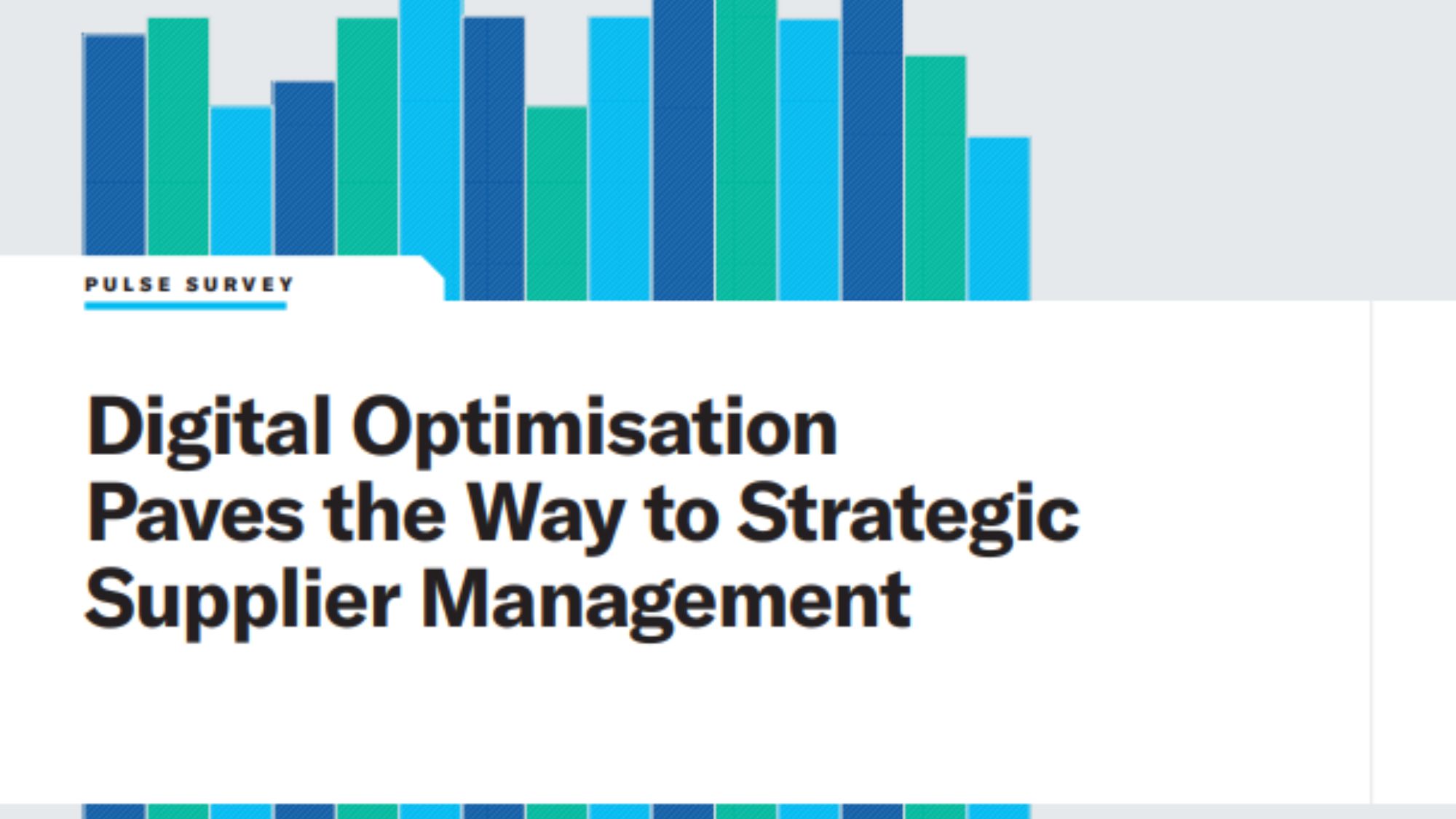 Digital Optimisation Paves the Way to Strategic Supplier Management
Digital Optimisation Paves the Way to Strategic Supplier Managementwhitepaper
By ITPro
-
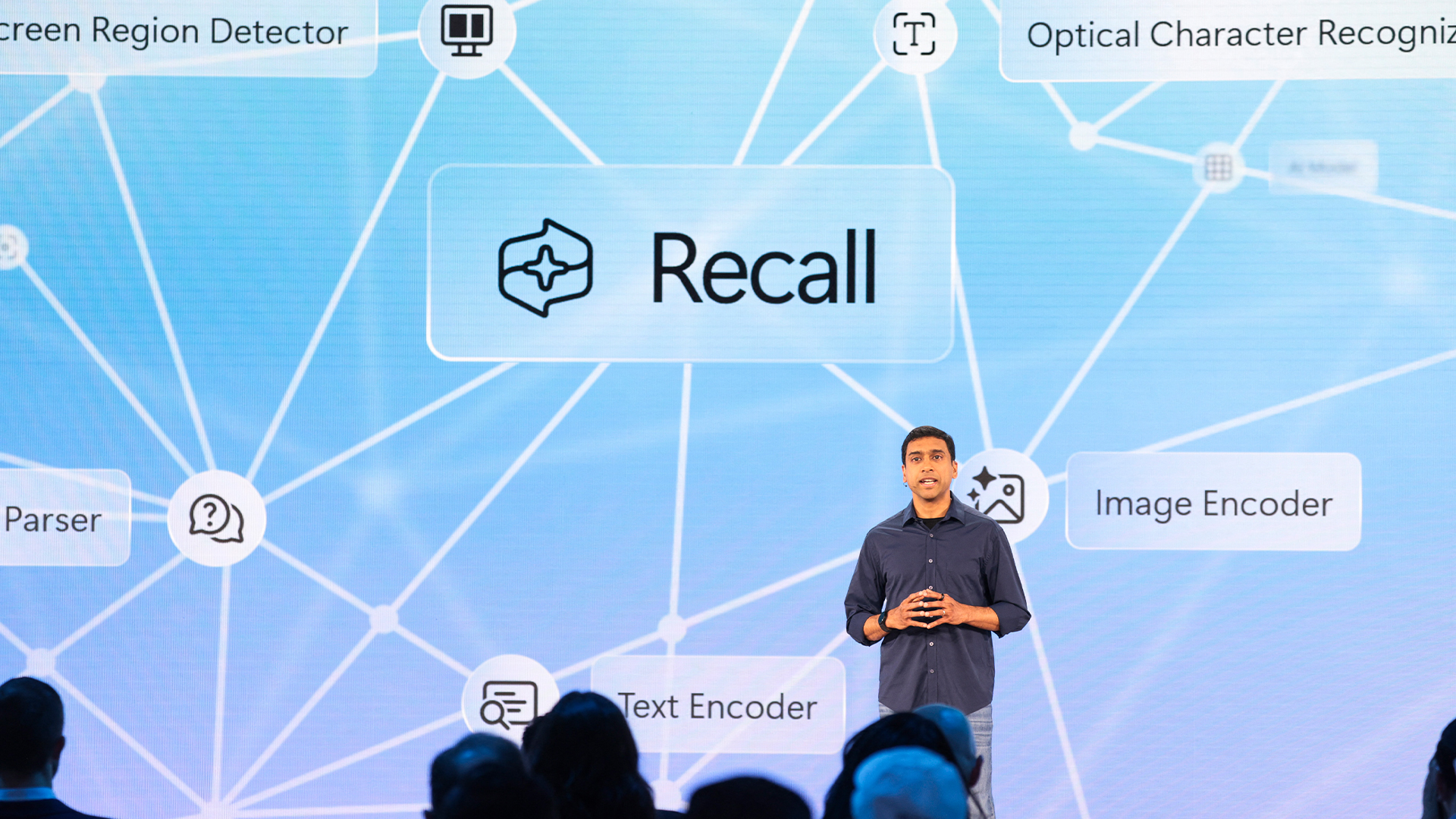 Third time lucky? Microsoft finally begins roll-out of controversial Recall feature
Third time lucky? Microsoft finally begins roll-out of controversial Recall featureNews The Windows Recall feature has been plagued by setbacks and backlash from security professionals
By Emma Woollacott
-
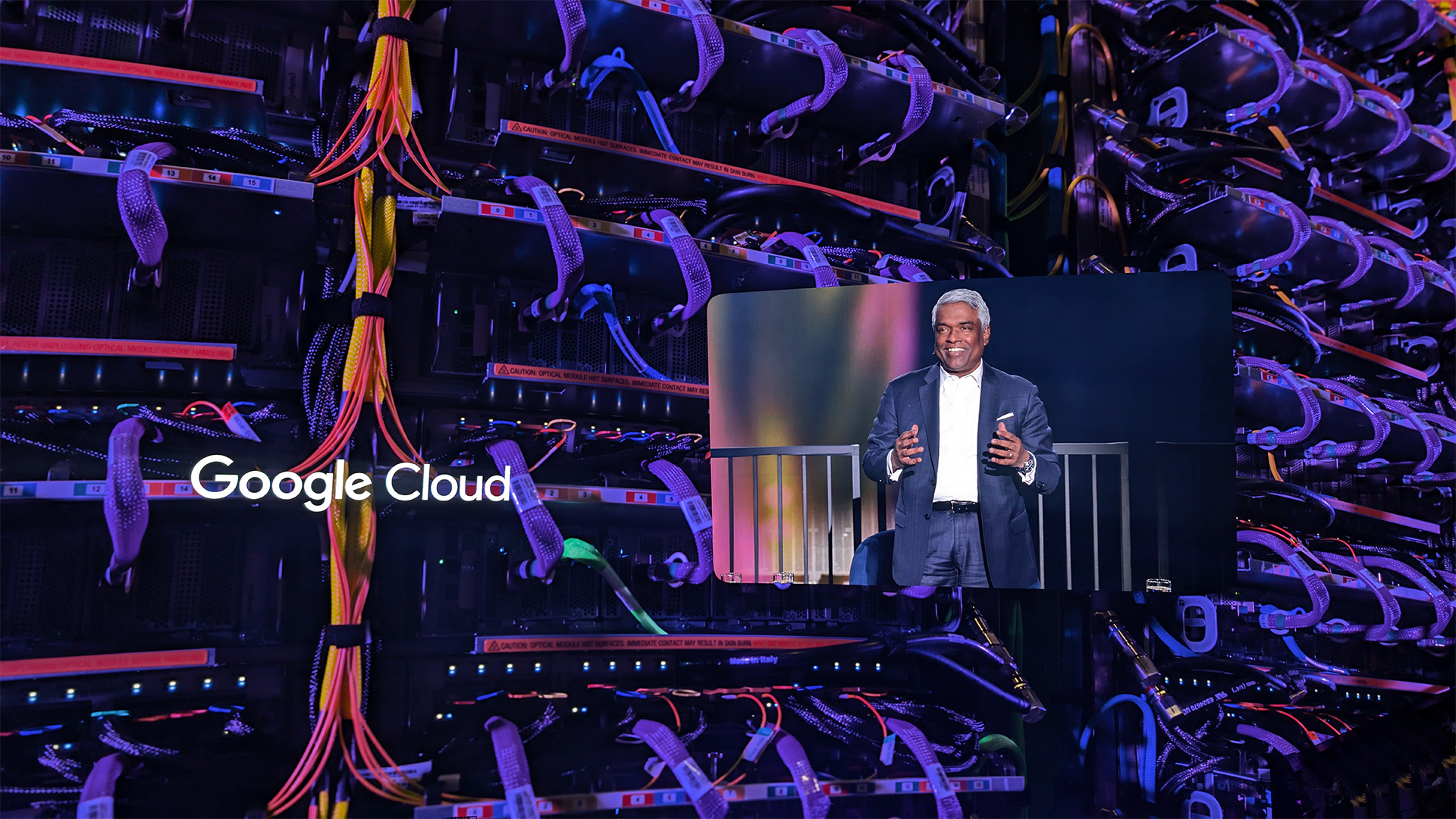 Google Cloud is leaning on all its strengths to support enterprise AI
Google Cloud is leaning on all its strengths to support enterprise AIAnalysis Google Cloud made a big statement at its annual conference last week, staking its claim as the go-to provider for enterprise AI adoption.
By Rory Bathgate
-
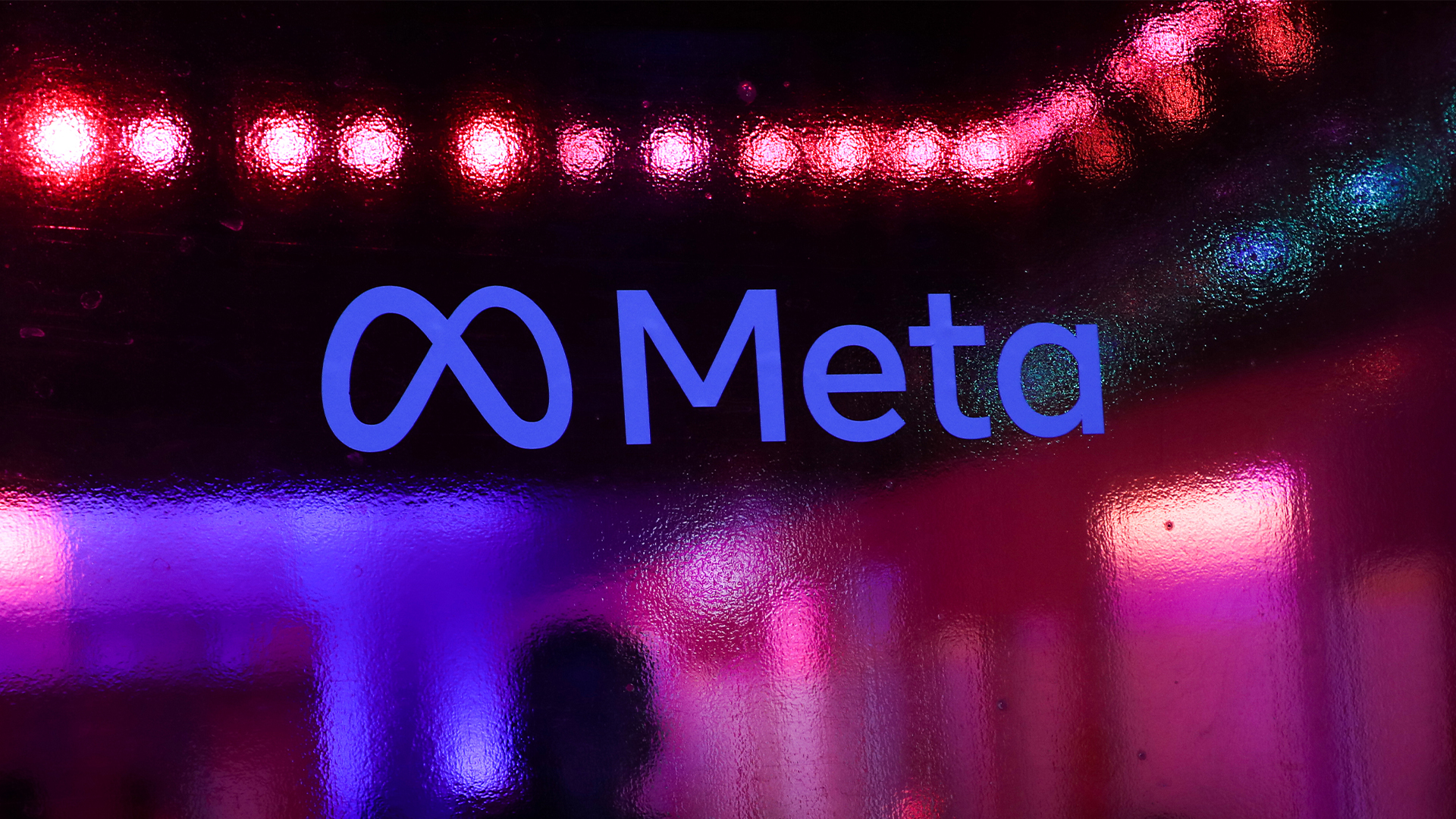 Meta executive denies hyping up Llama 4 benchmark scores – but what can users expect from the new models?
Meta executive denies hyping up Llama 4 benchmark scores – but what can users expect from the new models?News A senior figure at Meta has denied claims that the tech giant boosted performance metrics for its new Llama 4 AI model range following rumors online.
By Nicole Kobie
-
 Fake it till you make it: 79% of tech workers pretend to know more about AI than they do – and executives are the worst offenders
Fake it till you make it: 79% of tech workers pretend to know more about AI than they do – and executives are the worst offendersNews Tech industry workers are exaggerating their AI knowledge and skills capabilities, and executives are among the worst offenders, new research shows.
By Nicole Kobie
-
 Sourcetable, a startup behind a ‘self-driving spreadsheet’ tool, wants to replicate the vibe coding trend for data analysts
Sourcetable, a startup behind a ‘self-driving spreadsheet’ tool, wants to replicate the vibe coding trend for data analystsNews Sourcetable, a startup developing what it’s dubbed the world’s first ‘self-driving spreadsheet’, has raised $4.3 million in funding to transform data analysis.
By Ross Kelly